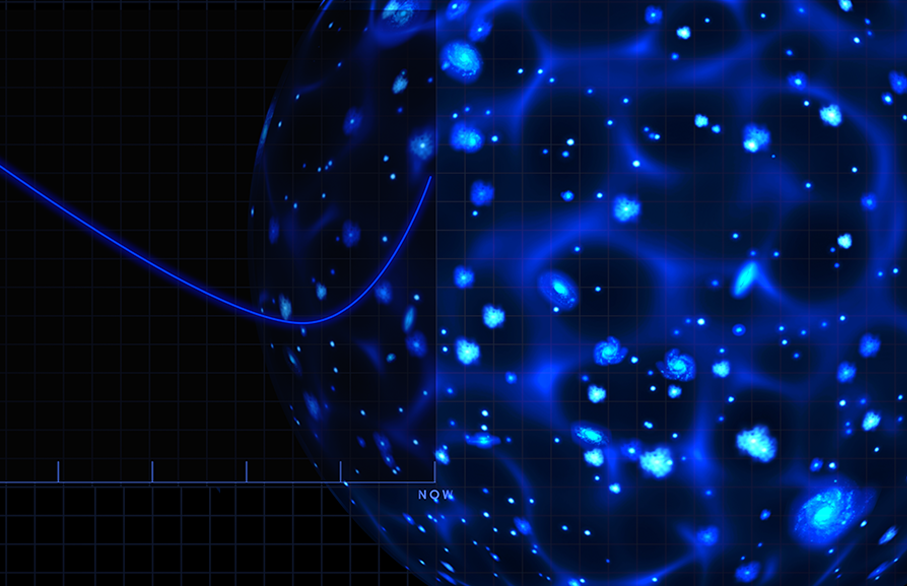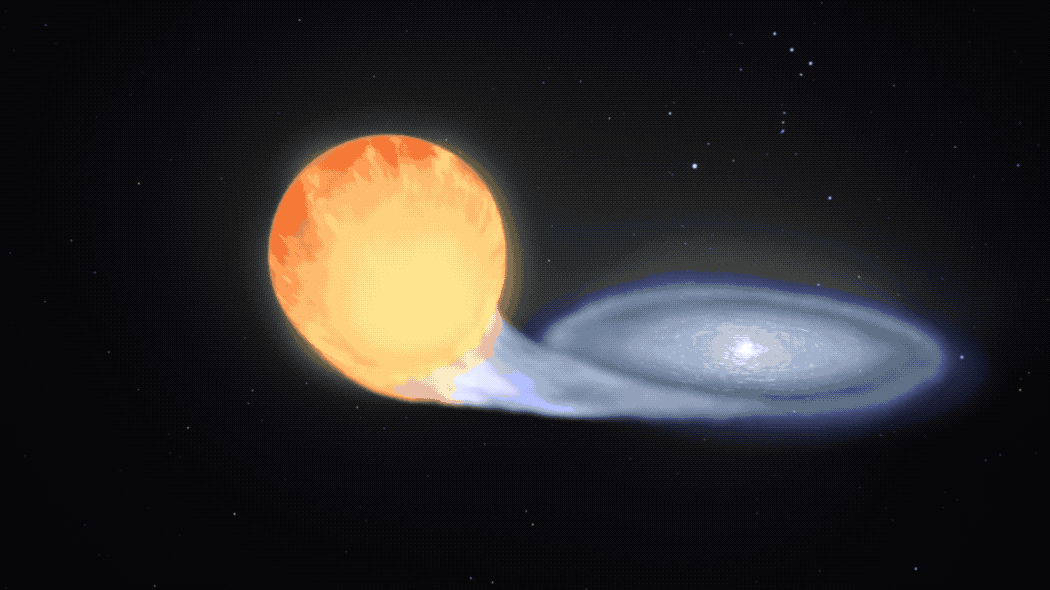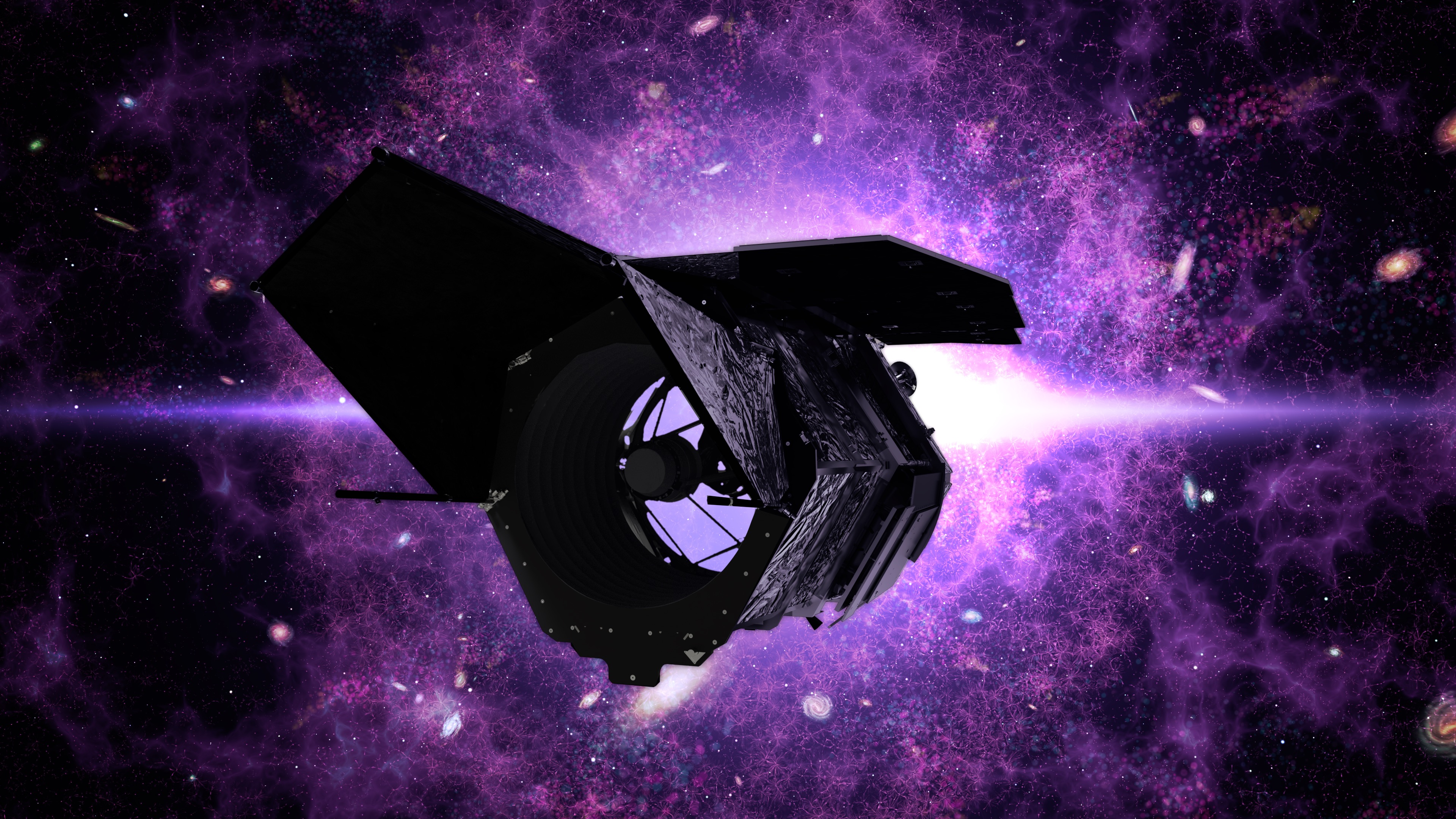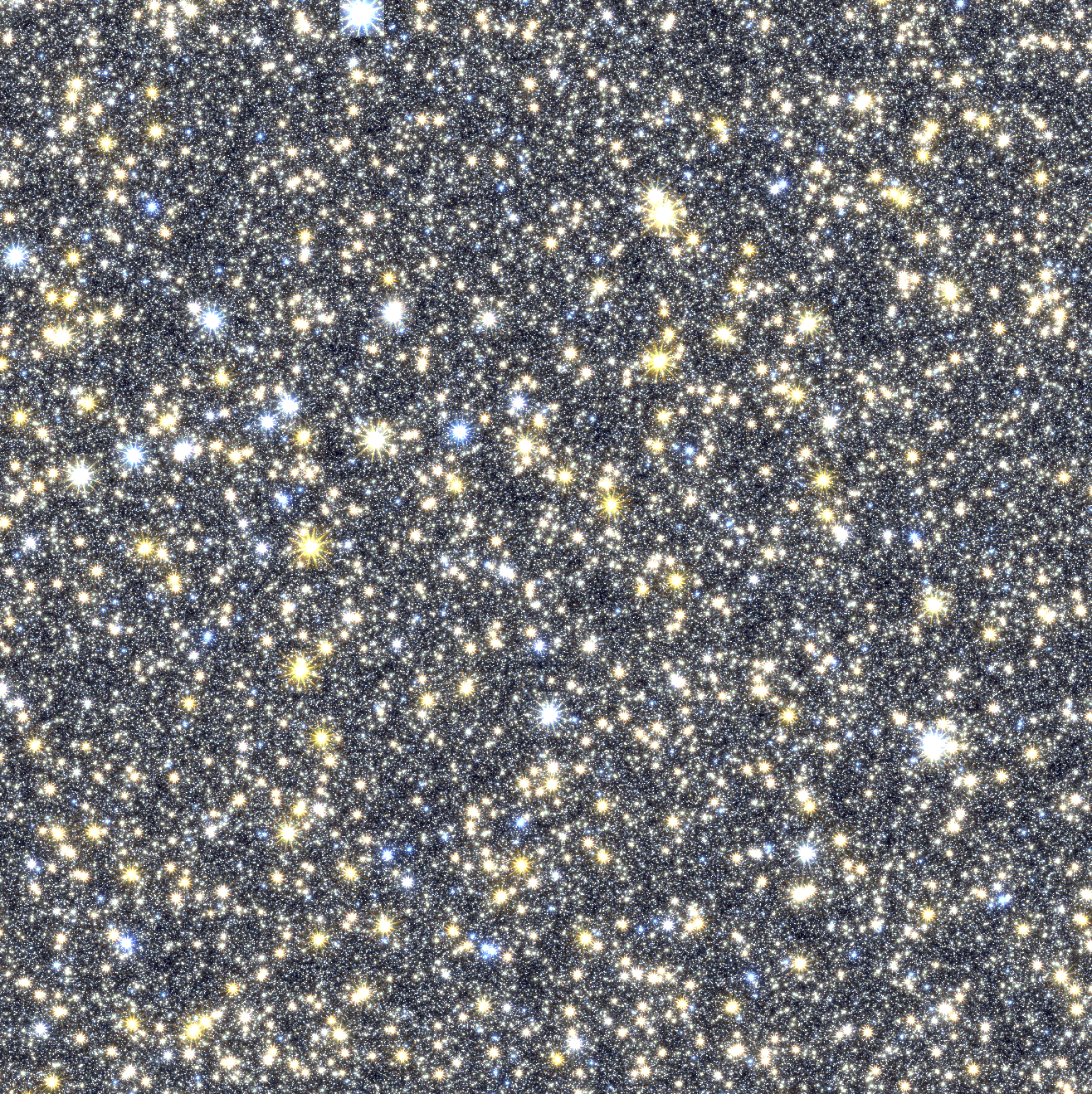Scientists have discovered that a mysterious pressure dubbed “dark energy” makes up about 68% of the total energy content of the cosmos, but so far we don’t know much more about it. Roman will help illuminate the dark energy puzzle by using multiple methods to explore how the universe has evolved throughout cosmic history.
As the 1920s were coming to a close, astronomers made the startling discovery that with very few exceptions, galaxies are racing away from each other. The universe was far from static, as most people previously believed – it was ballooning outward.
Astronomers have measured how fast the universe is expanding by using ground-based telescopes to study relatively nearby supernova explosions. The mystery escalated in 1998 when Hubble Space Telescope observations of more distant supernovae helped show that the universe actually expanded more slowly in the past than it does today. The expansion of the universe is not slowing down due to gravity, as everyone thought – it’s speeding up.
We still don’t know what exactly is causing the acceleration, but it has been given a name: dark energy. This mysterious pressure remained undiscovered for so long because it is so weak that gravity overpowers it on the scale of humans, planets, and even the galaxy. It is present in the room with you as you read, within your very body, but gravity counteracts it so you don't go flying out of your seat. It is only on an intergalactic scale that dark energy becomes noticeable, acting like a sort of weak opposition to gravity.
What Is Dark Energy?
More is unknown than known, but theorists are chasing down a couple of possible explanations. Cosmic acceleration could be caused by a new energy component, which would require some adjustments to Einstein’s theory of gravity.
Alternatively, Einstein’s theory of gravity may break down on cosmological scales. If this is the case, the theory will need to be replaced with a new one that incorporates the cosmic acceleration we have observed. Theorists still don’t know what the correct explanation is, but Roman will help us find out.
Baryon Acoustic Oscillations
Roman will detect vestiges of sound waves, called baryon acoustic oscillations (BAOs), that once rippled through the primordial cosmic sea. The mission’s observations could extend these measurements into an unprobed epoch, which will help astronomers trace the evolution of the universe.
Read More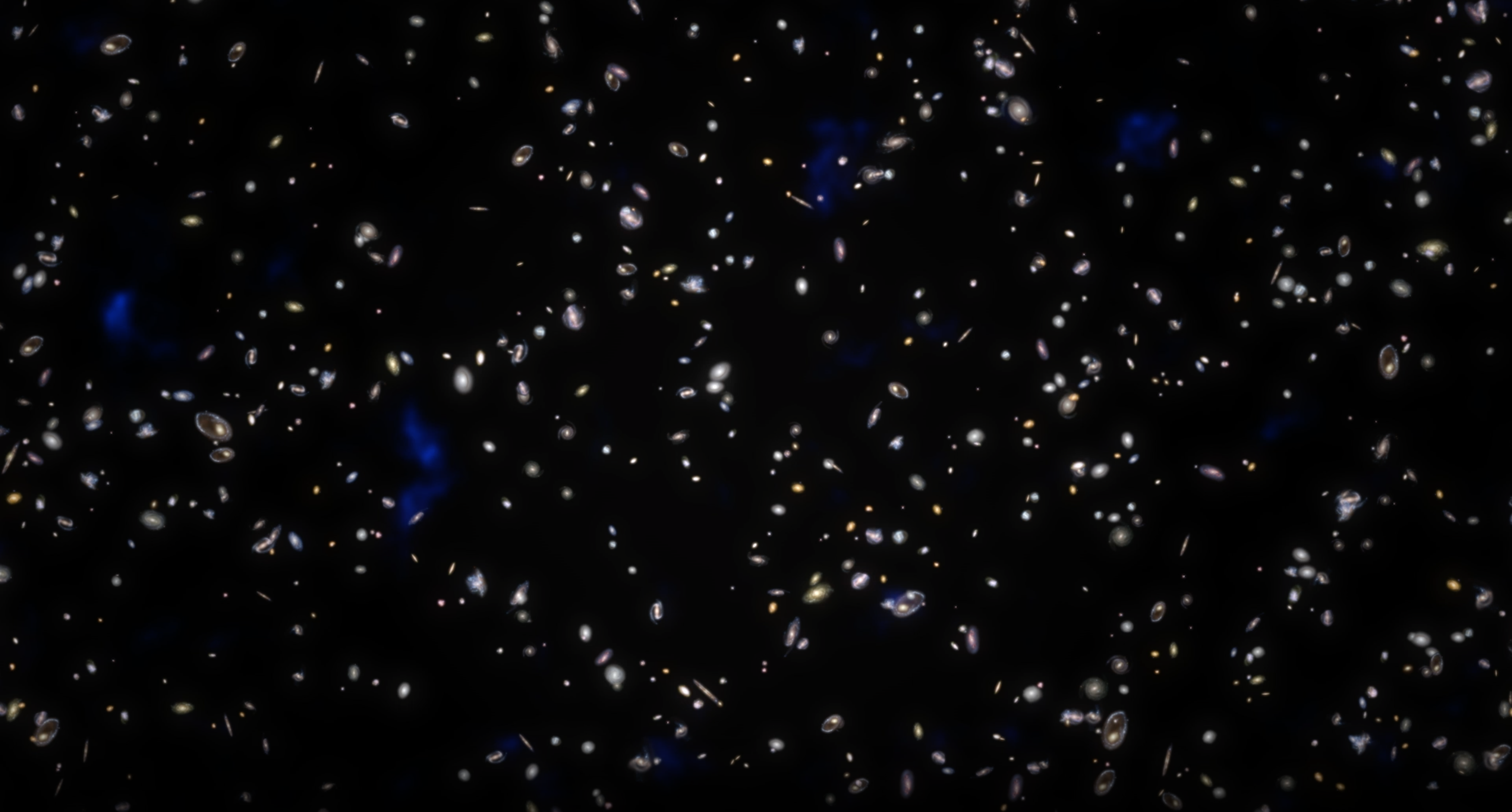
Type Ia Supernovae
Roman will see thousands of exploding stars called supernovae across vast stretches of time and space. Using these observations, astronomers aim to shine a light on several cosmic mysteries – primarily dark energy.
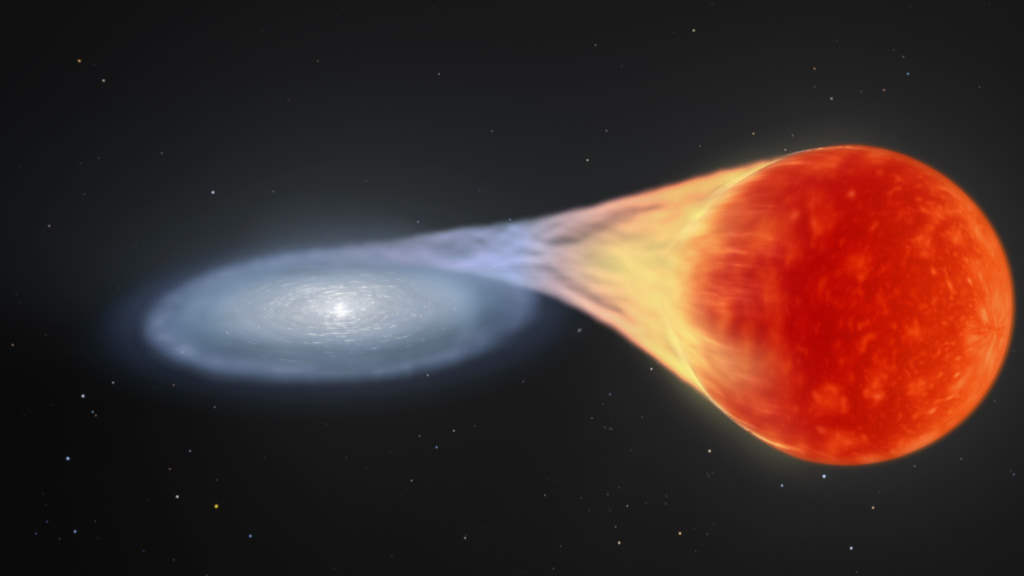
Roman Will Illuminate Dark Energy
Previous missions have gathered some clues, but so far they haven’t yielded results that strongly favor one explanation over another. With resolution as sharp as Hubble’s but a field of view that is 100 times larger, Roman will generate never-before-seen big pictures of the universe. The new mission will advance the exploration of the dark energy mystery in ways that other telescopes can’t by mapping how matter is structured and distributed throughout the cosmos, and also by measuring large numbers of distant supernovae. The results will indicate how dark energy acts across the universe, and whether and how it has changed over cosmic history.
What is Dark Energy? Inside our accelerating, expanding Universe
Some 13.8 billion years ago, the universe began with a rapid expansion we call the big bang. After this initial…
Read the Story

